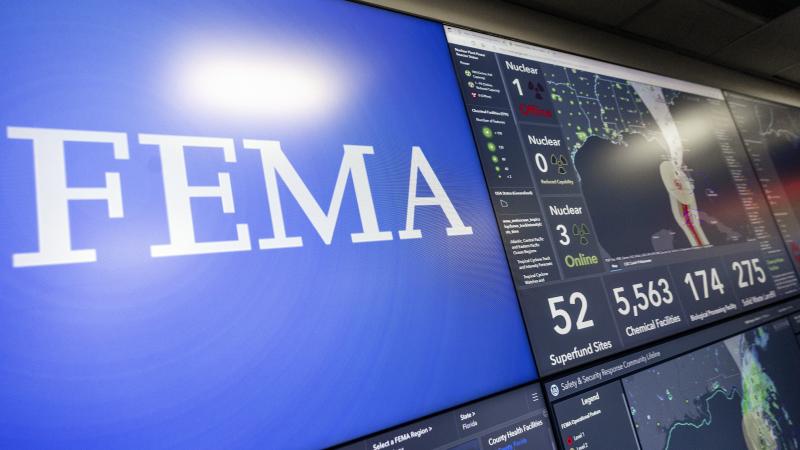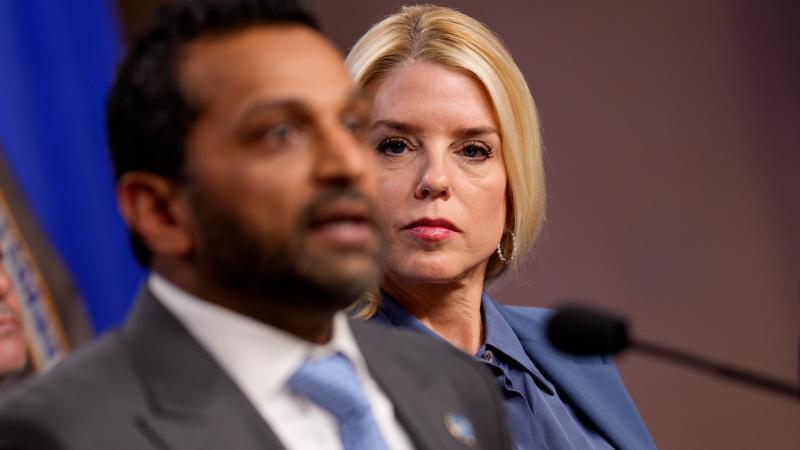Fraudsters stole about $320 million in SNAP benefits over 2-year period: GAO
GAO noted that available data understates the actual scale of SNAP theft, given that states are not required to report every occurrence, so many thefts go undisclosed.
A new Government Accountability Office report calls for the Agriculture Department to take stronger steps to assess how states are implementing security measures to prevent theft of Supplemental Nutrition Assistance Program (SNAP) benefits on electronic benefit transfer cards.
The report released Thursday found states use a range of tools recommended by USDA’s Food and Nutrition Service to prevent theft but many of the measures require SNAP recipients to take individual action, "which can affect how widely they are used."
According to the GAO, SNAP benefits can be stolen by such methods as card skimming, card cloning, phishing and spoofing attacks, which involve tricking recipients into revealing personal information.
Fraudsters also pretend to be legitimate SNAP retailers to steal information and have been known to use bots to identify valid PIN combinations for accounts.
State SNAP agencies "replaced over $320 million in stolen benefits with federal funds for nearly 679,000 households in 52 states" during the period of October 2022 to December 2024, the report said.
"Theft of benefits could leave victims without means to purchase food, particularly since benefits stolen on or after December 21, 2024, are not eligible for replacement with federal funds," the GAO said.
However, the GAO noted that available data, in fact, understates the scale of SNAP theft, given that states are not required to report every occurrence.
The watchdog said that the secretary of Agriculture should "continually ensure that FNS comprehensively assesses the extent to which state SNAP agencies are implementing benefit theft prevention measures, including those it recommended, and use that assessment to consider how it can identify areas for improvement or additional assistance."














